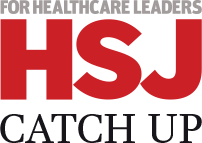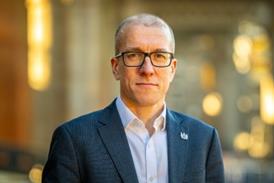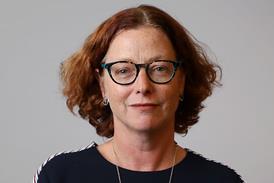HSJ was once asked by the health secretary what could prevent his reforms from continuing. We suggested a major hospital getting into significant financial trouble and those troubles being successfully linked by opponents to his reforms.
This week we reveal that England’s largest trust, Imperial College Healthcare, is having extreme difficulty in balancing its books. We wish interim chief executive Mark Davies and his successor luck in turning Imperial around, but if the organisation does not pull out from its dive, then scrutiny is bound to increase and the following key themes are likely to emerge.
Imperial was formed by a merger, partially to support its foundation application. It may seek further mergers. This is the largest example of a quandary facing many trusts.
The trust was the first academic health science centre – how much has this dual role proved a distraction at a time of challenge? What are the implications for the other AHSCs – all leading institutions?
Imperial is, obviously, a London trust and a perfect storm appears to be building above hospitals in and around the capital. Work and pensions secretary Iain Duncan Smith has appeared outside Number 10 lobbying on behalf of Ilford’s King George Hospital, while Chase Farm – a key milestone in Andrew Lansley’s election campaign – is locked into arbitration with its commissioners.
Imperial’s woes are also taking place in the context of the health secretary’s decision to halt and order a review of NHS London’s well advanced plans for the capital. Plans that were largely inspired by Imperial’s own Lord Darzi.
Most significantly of all, given the focus on placing clinicians in the lead on NHS reforms, Imperial is an organisation run largely by doctors. “Only clinicians can deliver real change,” outgoing chief executive Steve Smith told HSJ, detailing a radical new leadership structure that is “a complete revision of the managerial/clinician relationship”.
























3 Readers' comments